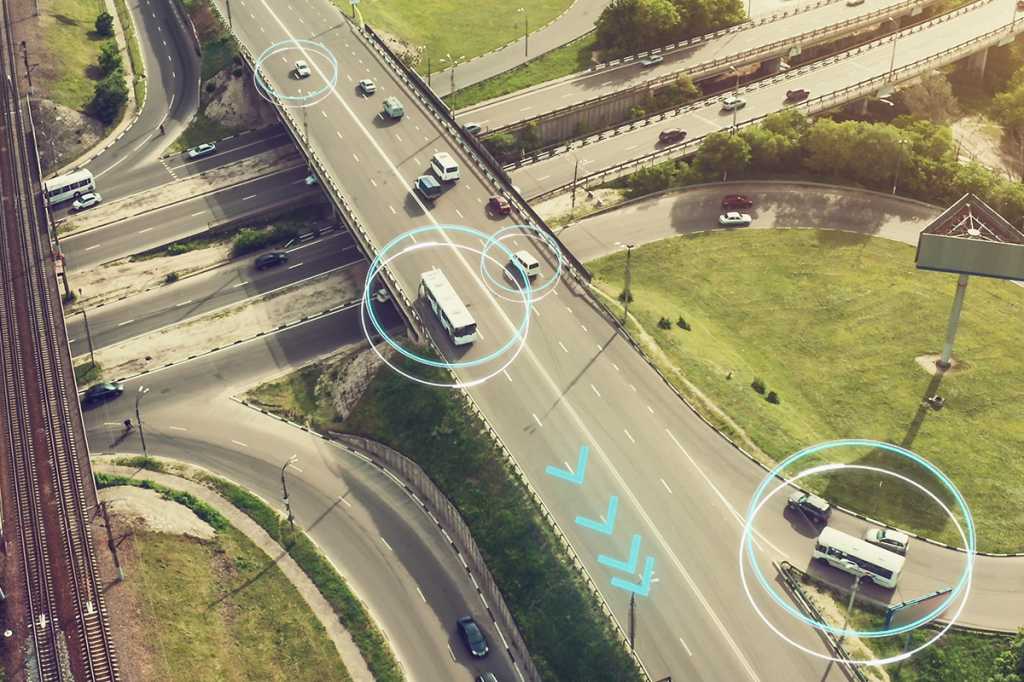By Jeff Fochtman, Senior Vice President of Business and Marketing at Seagate Technology
Recall the last time you were behind the wheel of a vehicle. Let’s assume the best-case scenario: the road and weather conditions were smooth. Maybe your journey revealed ocean-coast vistas on a sunny day.
Still, another factor invariably loomed: unpredictability.
Because it is annoyingly impossible to know what’s literally around the corner, car manufacturers are focused on developing tools that preempt and safeguard against the unforeseeable. And what is it that makes your safety on the road possible given incomplete knowledge regarding a patch of black ice or a truck running a red light? Data.
Whether your vehicle is conventional, connected, or autonomous, a great deal of road-tested data is needed to make your travels safer. The more your vehicle can sense and anticipate, the safer the ride. Data is the fuel.

Seagate Technology
‘A Significant Oversight’
The world runs on data, and successful companies recognize this. Not enough of them, though. McKinsey cautions that, to date, “most players have overlooked opportunities to monetize data from these vehicles—a significant oversight, considering how companies in other industries are aggressively generating value from data.”
The good news for car manufacturers—and all industries, for that matter—is that any data that boosts human flourishing has the potential to increase business value.
Connected cars and autonomous vehicles (AVs) offer the promise of being easier on the environment, safer, and more open to innovation. The global connected car market is projected to grow from $59.7 billion in 2021 to $191.83 billion in 2028. That’s a CAGR of 18.1% between now and 2028.
Ultimately, the success AVs depends on how we deal with data. Designing better connectivity and getting vehicles on the road with levels 2 through 5 of autonomy is a learning process that requires storing, moving, and processing tons of unstructured data.
To be useful, the data in an AV research case must travel to where its insights can be gleaned; field data must move to the cloud where its driving lessons can become known.
Massive Data = Massive Opportunity
Keep in mind that the movement of this data happens in a complicated, crowded, increasingly sprawling landscape—from endpoints like AV cameras to the cloud.
Most data accumulates at two locations: the multicloud and the edge. Far flung and close by alike, data is experiencing unprecedented growth. This year alone, enterprise data is growing at the average annual rate of 42% globally. But only 32% of data available to enterprises is used. IDC found that the more enterprises take advantage of measures such as data operations to leverage their data, the higher their revenues and customer satisfaction. Massive data means massive opportunity.
To harness this opportunity, collected data must be quickly migrated to where it can be securely put to best use.
In the case of research vehicles used by car manufacturers to fine-tune the road-readiness of future solutions, data brims with potential insights. An average research vehicle often records 30 to 50 terabytes (TB) of data but can record up to 150TB. At the end of the day, a fleet of 10 to 20 advanced driver assistance system (ADAS) research vehicles can gather around 1.5 petabytes (PB). That data must then be sent to a public cloud where it can be processed, often with AI/ML tools. The insights derived from this data will tell us how to keep drivers safe on future roads.

Seagate Technology
But how do we get the data to where its lessons can be obtained? It’s not easy.
Bandwidth alone is too constricted and slow to move lots of data. That 1.5PB of data that research vehicles delivered to the garage at the end of the day? It can take up to 150 days to transfer it over an enterprise-class connection.
To banish latency headaches, companies are increasingly turning to a much faster, reliable solution: data shuttles and arrays. Research vehicles save the data on drives in the trunk that later easily detach and travel by cargo air to the cloud where insights are extracted.
The road ahead is clear: how companies will enable the secure movement of their data will determine the quality of the ride.
To learn more, read the Mass Data on the Go report here.
Read More from This Article: Fueling the World, One Insight at a Time
Source: News

